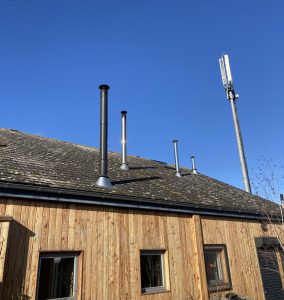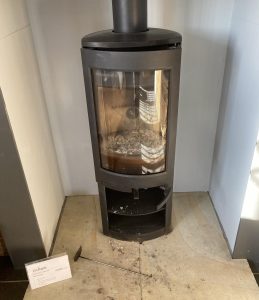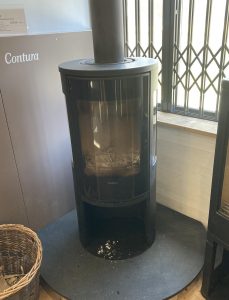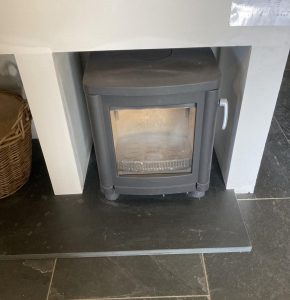
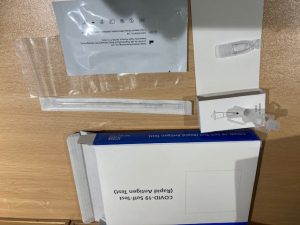
Yes, for those of our customers who are not aware, both Claire and I are Covid testing ourselves twice a week now and we have both had our first vaccination and will shortly be having the second vaccination. The test kits are free of charge from the Government, and you can record your results on line after completing the tests – Coronavirus Home Testing: coronavirus.home.testing@notifications.service.gov.uk
As most of our customers are already aware, we use the ServiceM8 digital booking system which sends all our customers an email the day before our visit detailing our safe Covid working practices which utilise the Government guidance. I have reproduced this email below for those who are not aware of its content:
Please do take the time to read over our COVID19 sweeping procedures ahead of your sweeping visit.
What do I need to do before my chimney sweep visits?
We are implementing safe working procedures whilst carrying out our work and we need your help to keep everyone as safe as possible. We’ll arrive at your home with all the relevant PPE, which includes disposable gloves and industrial gloves, clean sheets and anti-bacterial wipes for wiping down any ‘touch points’.
We would kindly ask that where possible all internal doors are open with a clear route to the appliance(s) with a space of about 2m x 1.5m around the fire. Also, that the window is open to ventilate the room prior to our arrival and left open for a period after we leave. Please clear any ornaments from the hearth and perhaps from the mantlepiece. Please ensure your fire is unlit and cold, and there are no hot coals left in the fire. Whilst we are animal friendly, we would recommend that all pets are put into another room whilst the work is being carried out.
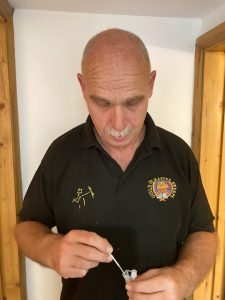
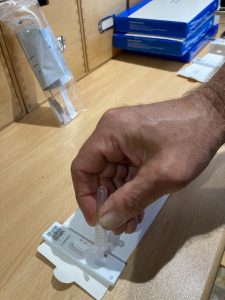
What should I do before my Biomass Sweeping Visit?
Please ensure the Biomass Boiler is turned off at least 3 hours before our visit, during the downtime your thermal store should be able to cope with demand. In general we will also need a clear passage to the Biomass Boiler and adequate space to work in. Please clear items from around the Boiler and flue system.
It’s essential we keep our distance from each other as much as possible, the best way to do this is:
- We will knock at your door, step back and wait for you to answer.
- We will be wearing clean protective clothing, facemasks and two pairs of gloves (disposable gloves within industrial gloves).
- After a social distance greeting if you could point us in the right direction of the fireplace.
- Unfortunately, we are unable to accept cups of tea or coffee at this time, we know this is very out of character!
- We would then ask for you to kindly leave the room whilst the chimney sweeping takes place.
- Payment can be made by cheque or cash, preferably to the correct amount left on the hearth or mantlepiece or by bank transfer (details can be emailed across following our visit)
- As standard we now issue our GoMCS sweeping certificate via email (arrangements for a paper copy can be made if notified in advance), whilst social distancing measures are in place, we will not be requiring signatures for the certificate.
- Should there be any issues encountered during the course of the work then we would invite you outside to discuss the situation further whilst maintaining a safe distance. Or if you prefer to stay in the comfort of your own property, we can call you via phone to discuss.
If you or any of your household are displaying symptoms of COVID-19 we will reschedule the appointment, allowing for at least 14 days of self-isolation. Please be honest with us regarding this as we try to protect everyone whilst they are working.
Please email us at paddy@waldensweeps.myzen.co.uk or call 01799 599981 if you have any questions.
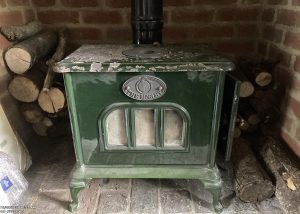
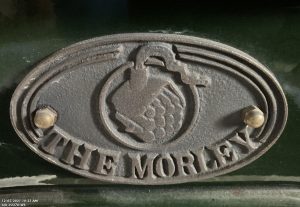



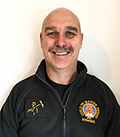 My name is Paddy McKeown, I am a retired police officer (Detective Sergeant – Metropolitan Police), turned chimney sweep. I have completed training with ‘The Guild of Master Chimney Sweeps’, and Rod Tech UK (Power Sweeping).
My name is Paddy McKeown, I am a retired police officer (Detective Sergeant – Metropolitan Police), turned chimney sweep. I have completed training with ‘The Guild of Master Chimney Sweeps’, and Rod Tech UK (Power Sweeping).




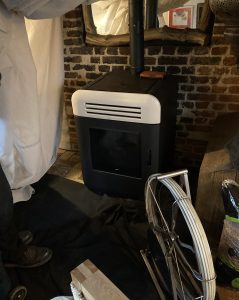
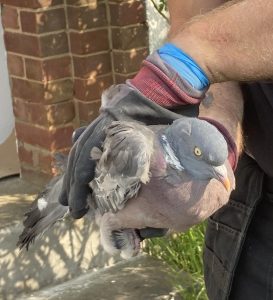
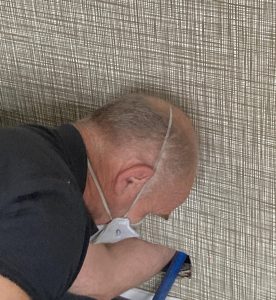
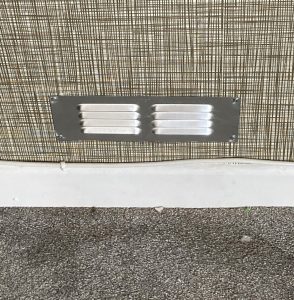
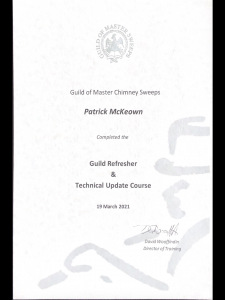
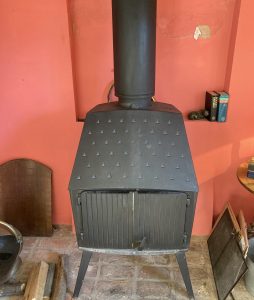
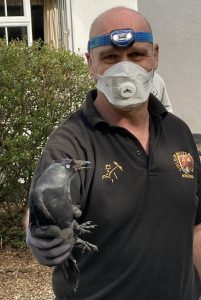
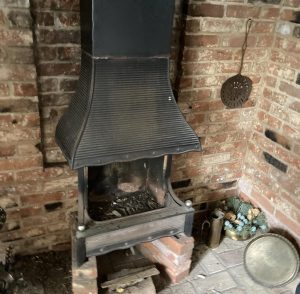
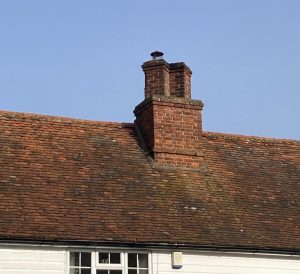
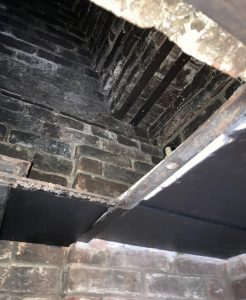
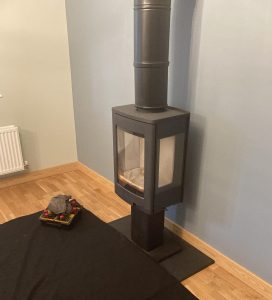
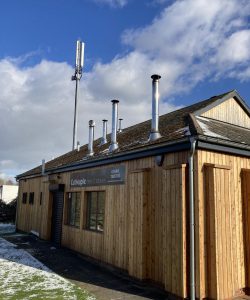
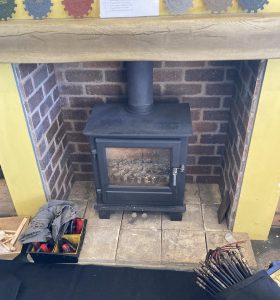
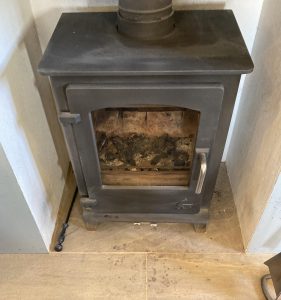
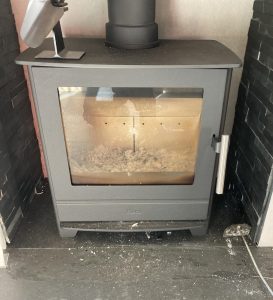 The show rooms are very attractive and well laid out and the staff are very helpful. There address and contact details are as follows:
The show rooms are very attractive and well laid out and the staff are very helpful. There address and contact details are as follows: